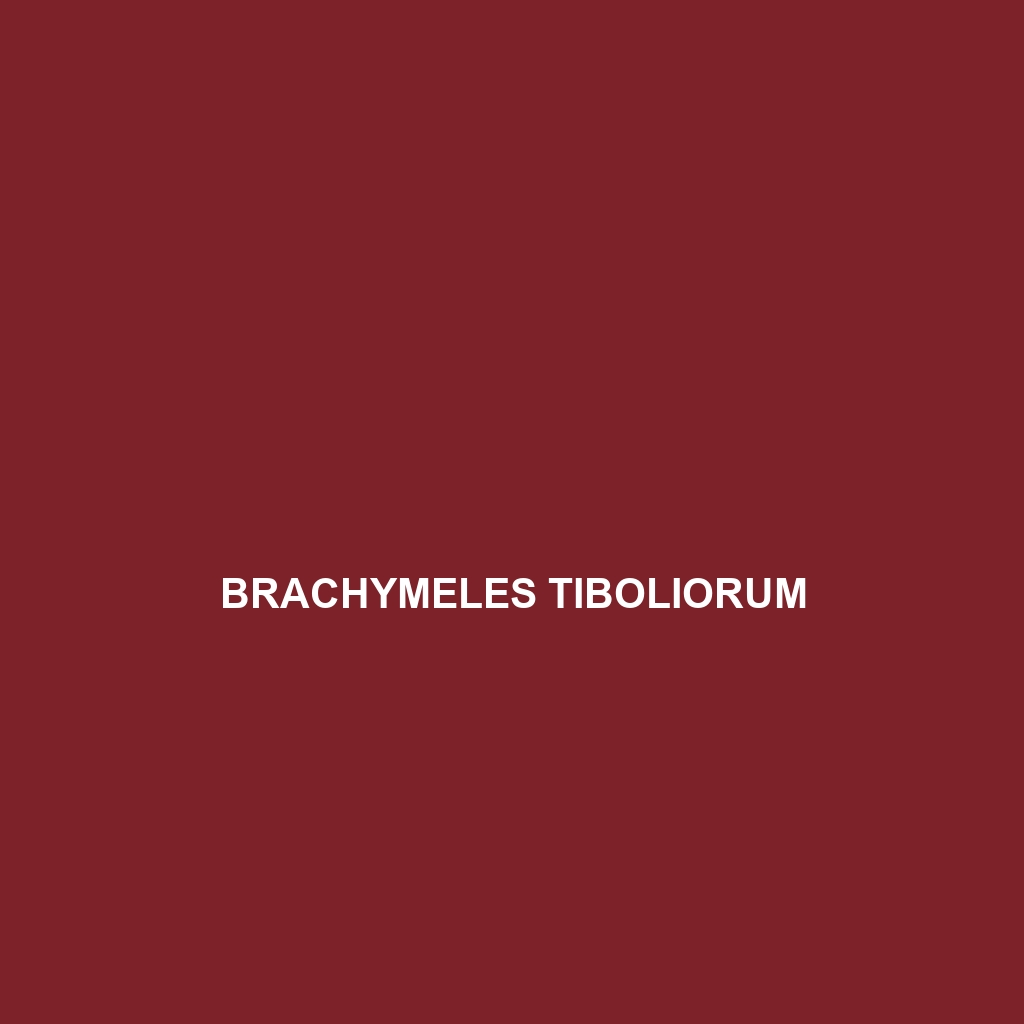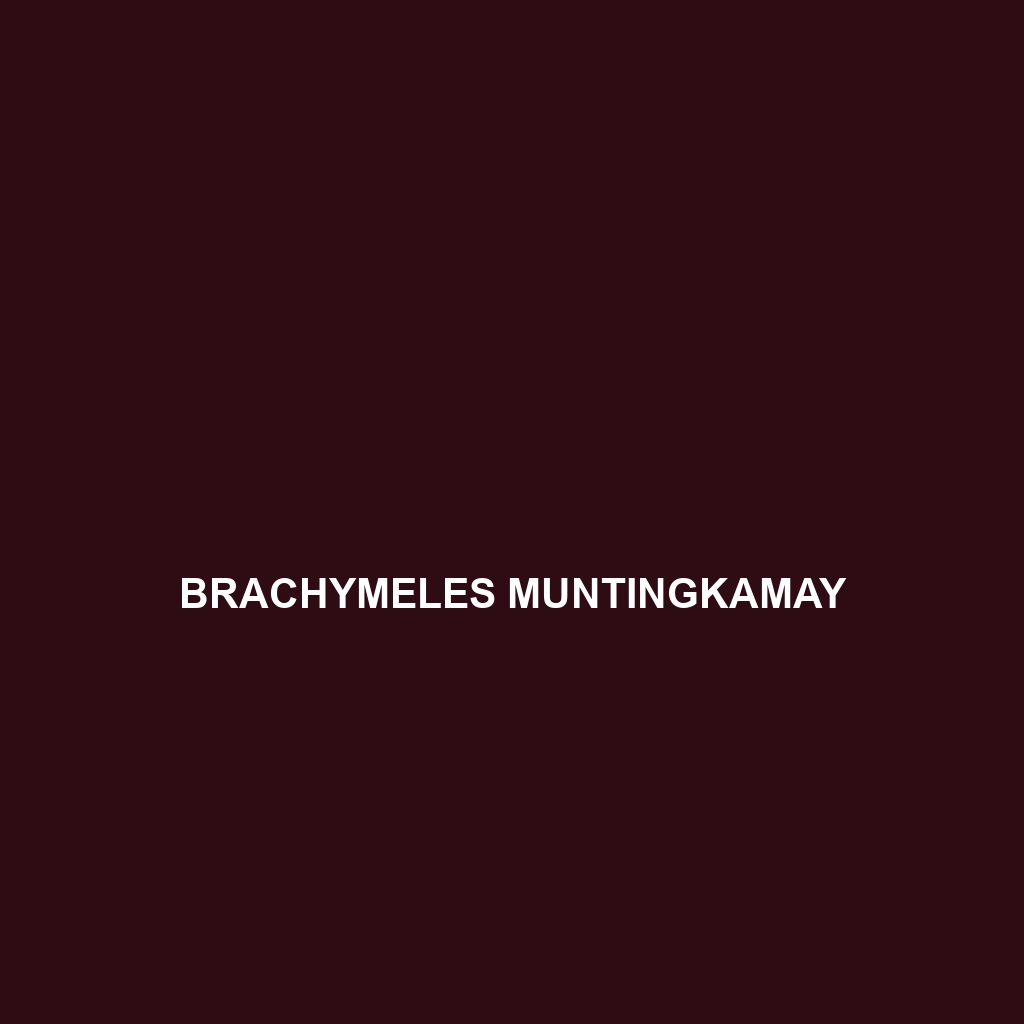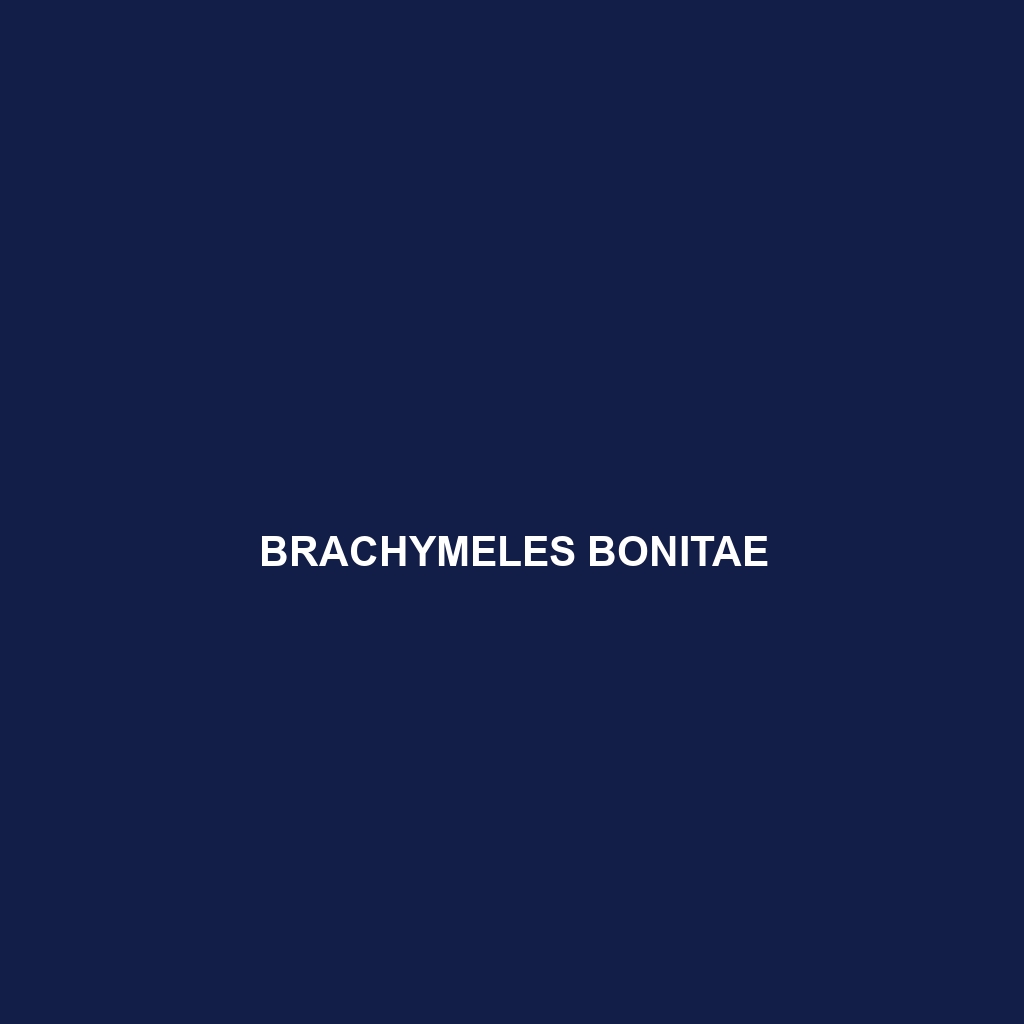<p><b>Brachymeles tiboliorum</b>, commonly known as the <i>Brachymeles tiboliorum</i>, is a small, elongated skink found in the lush forests of the Philippines. This <b>vulnerable</b> species plays a crucial role in regulating insect populations and contributes to ecosystem health, thriving in humid environments rich in leaf litter and decaying logs.</p>
Tag: Philippine reptiles
Brachymeles muntingkamay
Discover the unique Brachymeles muntingkamay, often called the "blind skink," a Vulnerable species native to the Philippines that thrives in humid forests. With its sleek, worm-like body, reduced limbs, and diet primarily consisting of small invertebrates, this nocturnal reptile plays a crucial role in controlling insect populations and maintaining soil health.
Brachymeles ligtas
Discover the Brachymeles ligtas, a small, nocturnal skink native to the tropical forests of Mindanao, Philippines. With its streamlined body, excellent camouflage, and unique adaptive behaviors, this vulnerable species plays a vital role in its ecosystem as both a predator and prey.
Brachymeles ilocandia
Discover the Brachymeles ilocandia, or Ilocano skink, a slender, agile reptile native to the humid tropical forests of Luzon, Philippines. This insectivorous species features smooth, shiny scales and exhibits fascinating behaviors such as burrowing and tail regeneration, while playing a crucial role in controlling insect populations within its ecosystem.
Brachymeles brevidactylus
Discover the fascinating Brachymeles brevidactylus, or short-toed skink, a unique insectivorous species found in the tropical rainforests of the Philippines, recognized for its smooth scales, reduced hind limbs, and nocturnal foraging behavior, while playing a crucial role in maintaining ecological balance. This species is currently classified as Vulnerable due to habitat loss, making conservation efforts essential for its survival.
Brachymeles boholensis
Discover the Brachymeles boholensis, or Bohol skink, a unique tropical species from the Philippines characterized by its elongated, glossy body, small limbs, and iridescent scales. This nocturnal insectivore plays a vital role in its ecosystem by controlling insect populations and is currently classified as vulnerable due to habitat loss.





